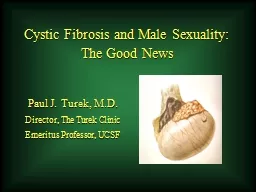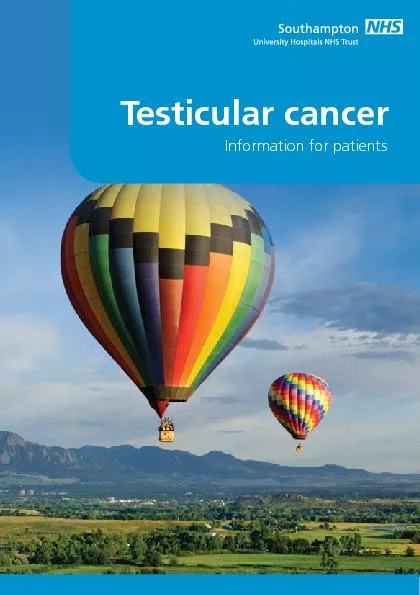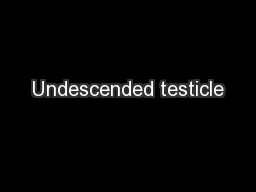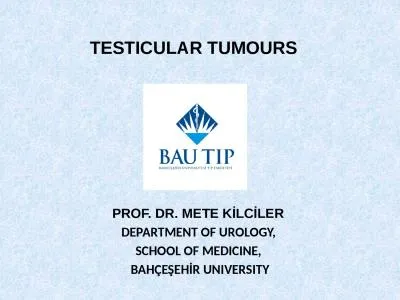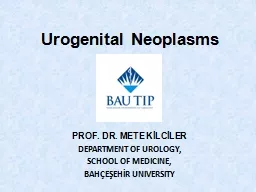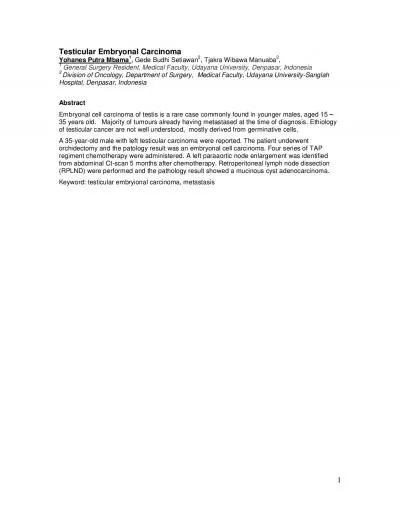PDF-Do I Have Testicular Cancer
Author : oneill | Published Date : 2022-08-16
Men who notice lumps swelling or pain in their groin or scrotum may worry they havetesticular cancer Here we describe the symptoms of testicular cancer and some
Presentation Embed Code
Download Presentation
Download Presentation The PPT/PDF document "Do I Have Testicular Cancer" is the property of its rightful owner. Permission is granted to download and print the materials on this website for personal, non-commercial use only, and to display it on your personal computer provided you do not modify the materials and that you retain all copyright notices contained in the materials. By downloading content from our website, you accept the terms of this agreement.
Do I Have Testicular Cancer: Transcript
Download Rules Of Document
"Do I Have Testicular Cancer"The content belongs to its owner. You may download and print it for personal use, without modification, and keep all copyright notices. By downloading, you agree to these terms.
Related Documents


